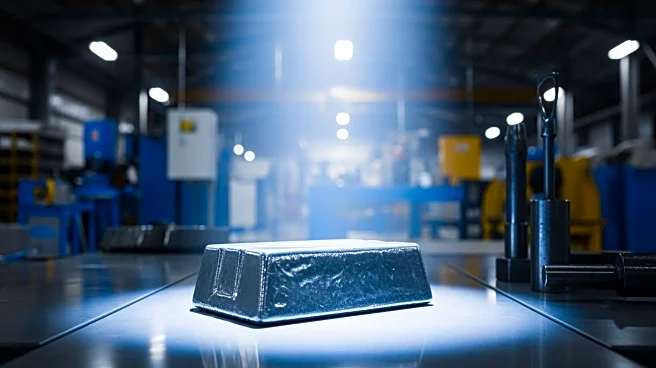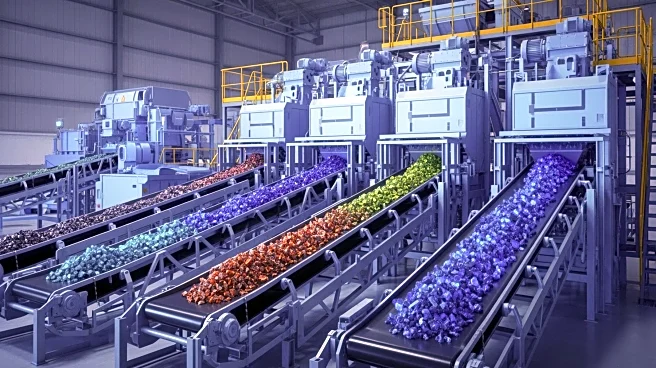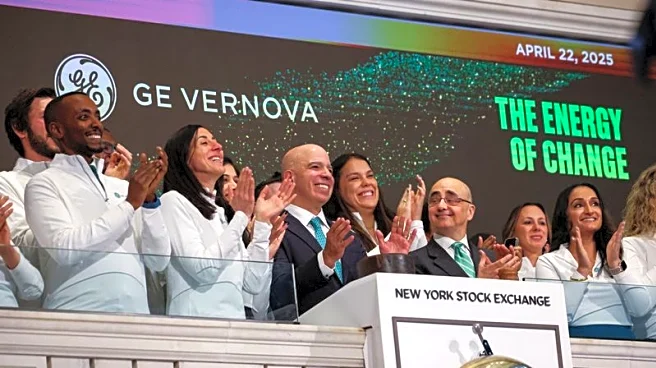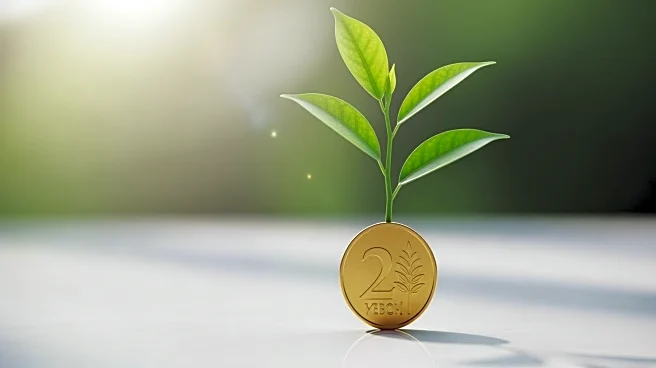What's Happening?
American Tungsten, led by CEO Ali Haji, is advancing its IMA Mine Project in Idaho, USA, following a successful private placement that raised C$16.7 million, surpassing its initial target. The company
aims to accelerate drilling, metallurgical studies, and equipment purchases to boost production by the end of 2026. This expansion is driven by increasing demand for tungsten, a critical metal essential for defense and industrial supply chains. American Tungsten is positioning itself to become North America's first tungsten producer since 2015, addressing supply security concerns in the region.
Why It's Important?
The expansion of American Tungsten's operations is significant for the U.S. as it seeks to secure domestic sources of critical minerals like tungsten, which are vital for national defense and various industrial applications. The increased investor interest reflects a broader trend of prioritizing North American supply chains amid global geopolitical tensions and supply chain disruptions. This development could enhance the U.S.'s strategic autonomy in critical mineral production, potentially reducing reliance on foreign sources and bolstering economic resilience.
What's Next?
American Tungsten plans to continue its development efforts at the IMA Mine Project, with a focus on completing necessary studies and acquiring equipment to meet its production goals by 2026. The company may seek additional funding to further support its expansion and ensure timely project completion. Stakeholders, including investors and industry partners, are likely to monitor the project's progress closely, given its implications for the U.S. critical minerals sector.
Beyond the Headlines
The revitalization of tungsten production in North America by American Tungsten could have long-term implications for the region's industrial landscape. It may encourage other companies to explore similar ventures, potentially leading to a resurgence in domestic mining activities. Additionally, this move aligns with broader efforts to enhance sustainability and reduce environmental impact by minimizing transportation distances for critical minerals.












